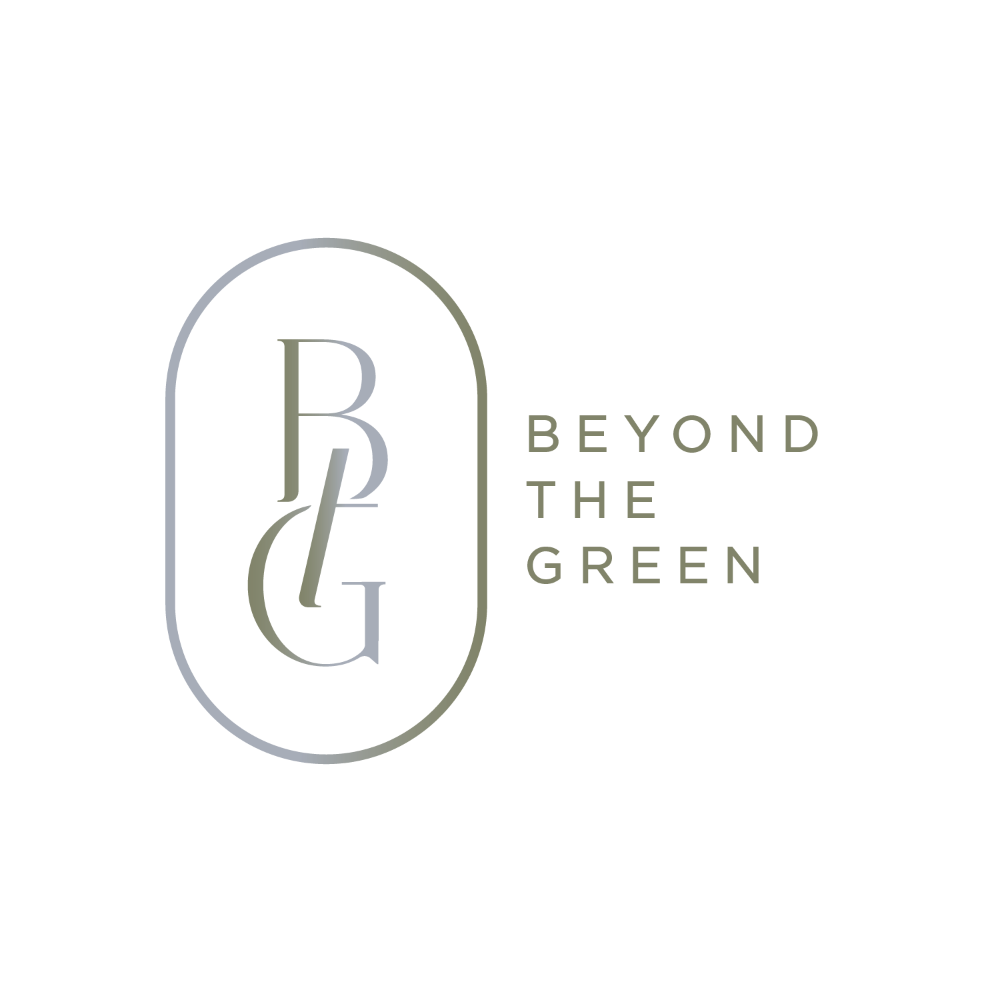Demystifying $39 Billion in Student Loan Discharges: What You Need to Know
Jul 16, 2023
$39 Billion in Student Loan Discharges: What You Need to Know
Over 804,000 borrowers will soon receive notifications informing them that their federal student loans, totaling $39 billion, will be automatically discharged. 🥳 This relief primarily affects borrowers with some of the oldest loans, including those who have been carrying their loans for at least 20 years.
Let's dive into the details about the income-based repayment plan and how it relates to this new relief. The Income-Driven Repayment (IDR) plan promised borrowers that the remaining debt would be forgiven if they paid their student loans for 20 years. However, you won't believe how many student loans actually got forgiven in the past two decades... only 32! 🤬 (I AM SCREAMING INTO THE VOID). So, let's take a closer look 👀 and dissect what on earth happened, because shall we?
Why can the Biden-Harris Administration move forward with this initiative without legal scrutiny? Well, it turns out that among policymakers on Capitol Hill🏛, there has been widespread awareness of the numerous historical failures in the student loan program. This means the administration can do something without facing a lot of legal problems because policymakers already know there are big problems with the system. However, these issues may not have been commonly known to the general public.
So, what exactly went wrong with loan repayment forgiveness?
- Inaccurate Tracking of Payments: Sometimes, the loan providers got the count of payments wrong for loan forgiveness.
- Loan Servicer Practices around forbearance: Loan servicers mistakenly placed millions of low-income earners on forbearance instead of enrolling them in the IDR program. Previously (until now), forbearance was not counted towards forgiveness.
- Poor Communication between Loan Service Providers: When loans were bought and sold, past payments would sometimes get erased from the repayment plan, not counting towards forgiveness.
- Poor Communication between Borrowers and Service Providers: The Consumer Financial Protection Bureau (CFPB) thinks that about 40% of borrowers will have a different loan provider than they had before the pandemic. For example, since I graduated in 2011, I've had 3-4 different loan providers, making it confusing to keep track of all that information and causing potential missed payments.
- Complex Loan Forgiveness Programs: Loan forgiveness programs, like income-driven repayment plans, can be complicated. They have a lot of rules and calculations to determine who's eligible and how much to pay. This complexity sometimes leads to mistakes in keeping track of qualifying payments, which adds to the confusion for borrowers and lenders.
- Inadequate Systems or Technology: Old and outdated systems and technology used for handling payments and keeping records might have caused mistakes in recording payments.
How can you find out if you're eligible, and when/where will you find out?
➡️ Borrowers will receive notifications from the Department of Education informing them of their eligibility for forgiveness. You don’t have to do anything. The DOE will continue to notify borrowers who reach the debt elimination threshold every two months until next year. Once all eligible borrowers' debts are processed, the payment counts of other borrowers will be updated.
➡️ Discharges will begin 30 days after the emails are sent. However, it may take some time for the Department of Education to gather all the necessary information, possibly not until next year. Calling your loan servicer is unlikely to yield any new information, as they are waiting for the Education Department to update the numbers.
➡️ Borrowers' updated payment count will include any month they were in repayment, regardless of the loan type, repayment plan, or whether payments were partial or late. This also includes 12 or more consecutive months in forbearance and any month spent in deferment (except for in-school deferment) before 2013. The same goes for any month spent in economic hardship or military deferment. These situations also count if they happened before loan consolidation.
“Okay, AJ, but I’m anxious and want to do something.”
- Update your contact information.
- Check your loan balances and payments.
- Create a debt repayment plan to be prepared for any outcome when October 1st arrives.

- Share this information with a friend/family member so they’re informed!
- Use this blog post as a launchpad to learn more. Here are some great resources. NYTs, DOE, NPR, Bankrate
Ready to get the support you need? We're here to help you create a personalized debt repayment plan that empowers you to save. But that's not all—we'll also guide you in transforming your relationship with debt, making it less intimidating and more manageable.
Beyond The Basics: Our Glossary Of Financial Terms
We define the lingo you'll need to become a finance expert!
We hate SPAM. We will never sell your information, for any reason.




